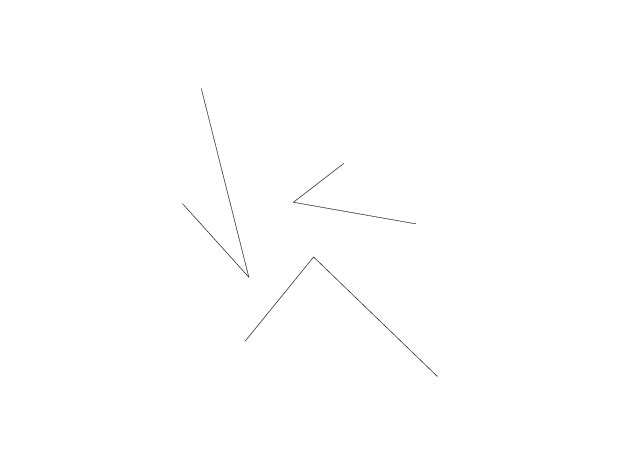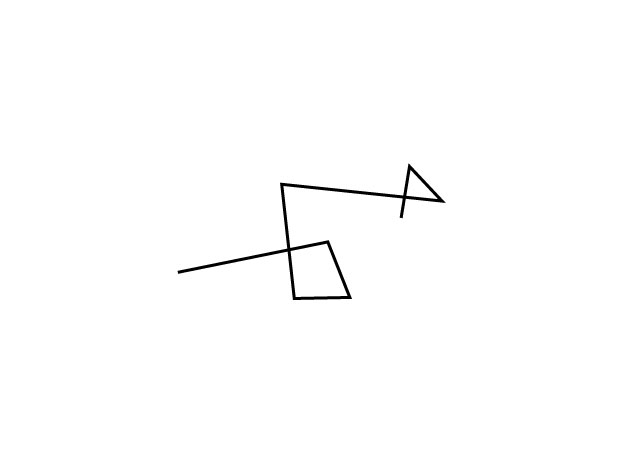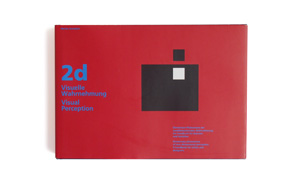 [/wide]
[/wide]
The angles appear three dimensional. We see the corners of foreshortened surfaces coming forward to meet each other.
[wide] [/wide]
[/wide]
Here the spatial effect of the angles is further augmented by intersections.
It cannot yet be determined which parts are located more the front or back and how they are positioned in space. The angles tip back and forth, each time changing the character of the whole figure.
Try to concentrate on the idea that you have in front of you a two-dimensional form: it consists of lines and angles that are all in one plane.
This information is originated from the 2D Visual Perception in part.
It’s strongly recommended that if you will read a 2D Visual Perception thoroughly, you are able to understand with this information on a more than superficial level.
上の図は短縮法により3つの角をもつラインが互いに集まることで3次元に見えます。
短縮法とは、対象物が視線に対して斜めになるに従って実際より短く見えるようになるという視覚効果(あるいは錯視)を用いて2次元へ投影することをいう。3次元のものを2次元に透視投影するとき、短縮法は非常に重要な要素となる。ただし透視投影法を用いない短縮法もあり、例としては平行投影法が挙げられる。
ここにある視点の空間的影響は、交差によってより強いものになっています。
各パーツが空間の中で前なのか後ろなのか決まっているわけではなく、形を変える度に視点は前後に変化します。
集中してみてください。この考えは2次元の中で起こっていて、存在している線と角度をともなった形は2つの面の上で構成されているのです。
このコンテンツは2D Visual Perceptionから一部引用したものです。
次のことをお勧めします、もしあなたが2D Visual Perceptionを熟読すると、このコンテンツを表面的なレベルより深く理解することができます。
